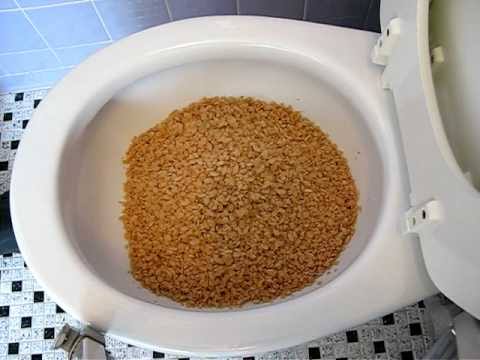Is it Allowed to Flush Food Down the Toilet?
Is it Allowed to Flush Food Down the Toilet?
Blog Article
Almost everyone maintains their own individual piece of advice when it comes to Is it safe to flush food (especially rice) down the toilet?.

Intro
Many people are commonly confronted with the dilemma of what to do with food waste, especially when it concerns leftovers or scraps. One common inquiry that develops is whether it's fine to purge food down the toilet. In this article, we'll explore the reasons why people might take into consideration flushing food, the repercussions of doing so, and different techniques for correct disposal.
Reasons people may consider purging food
Absence of recognition
Some people may not understand the possible injury triggered by flushing food down the toilet. They might wrongly think that it's a harmless practice.
Comfort
Flushing food down the toilet might seem like a fast and simple remedy to disposing of undesirable scraps, particularly when there's no close-by trash bin available.
Laziness
Sometimes, people might simply select to flush food out of large idleness, without considering the consequences of their activities.
Effects of flushing food down the commode
Environmental effect
Food waste that winds up in rivers can add to pollution and damage water environments. Additionally, the water used to purge food can stress water sources.
Pipes concerns
Purging food can cause clogged pipes and drains, causing pricey plumbing repair work and aggravations.
Sorts of food that should not be flushed
Coarse foods
Foods with fibrous textures such as celery or corn husks can obtain entangled in pipelines and create obstructions.
Starchy foods
Starchy foods like pasta and rice can absorb water and swell, bring about blockages in pipelines.
Oils and fats
Greasy foods like bacon or food preparation oils need to never be purged down the commode as they can strengthen and cause clogs.
Proper disposal techniques for food waste
Utilizing a waste disposal unit
For homes equipped with waste disposal unit, food scraps can be ground up and flushed through the plumbing system. Nonetheless, not all foods appropriate for disposal in this way.
Recycling
Specific food packaging materials can be reused, reducing waste and reducing environmental impact.
Composting
Composting is an environment-friendly method to deal with food waste. Organic materials can be composted and used to improve soil for horticulture.
The value of correct waste administration
Lowering ecological harm
Appropriate waste monitoring practices, such as composting and recycling, aid minimize contamination and protect natural deposits for future generations.
Securing plumbing systems
By avoiding the method of flushing food down the bathroom, property owners can avoid costly plumbing repair work and preserve the integrity of their plumbing systems.
Final thought
Finally, while it might be appealing to flush food down the commode for benefit, it's important to understand the possible repercussions of this action. By taking on appropriate waste management techniques and disposing of food waste responsibly, individuals can add to much healthier plumbing systems and a cleaner setting for all.
FLUSH FOOD DOWN THE TOILET?
FLUSHING FOOD CAN CAUSE BLOCKED DRAINS IN YOUR HOME
All of the plumbing fixtures in your home are connected to the same sewer pipe outside of your home. This outdoor sewer pipe is responsible for transporting all the wastewater from your home to the Council sewer mains. Even small pieces of food that go down the kitchen sink can cause problems for your sewer. It should therefore be obvious that flushing larger bits of food, such as meat, risks a clog in either the toilet itself or the sewer pipes. Flushing greasy food is even more problematic because oil coagulates when it cools, coating the interior lining of your pipes.
THE TOILET IS NOT A BIN
Food isn’t the only thing that people shouldn’t be flushing down the toilet. People use the toilet to dispose of all kinds of things such as tampons, makeup wipes, dental floss, kitty litter and even underwear. Water goes to great lengths to educate residents about the high costs and stress placed on wastewater treatment systems simply from people flushing the wrong stuff down the toilet. It costs taxpayers millions of dollars each year, and homeowners thousands in blocked drain repairs.
FLUSHING FOOD IS A WASTE OF WATER
Flushing food is a waste of our most precious resource - water. In June this year Level 1 water restrictions were introduced to protect water supply from drought conditions. Much of New South Wales continues to be affected by prolonged drought with recent figures revealing up to 97 per cent of the state remains in drought. Depending on whether you have a single or dual flush toilet, every single flush uses between five and 11 litres of water. In the current climate this is a huge amount of water to be wasting on flushing food that should be placed in the bin (or better yet, the compost).
https://www.jabplumbingsolutions.com.au/blog/can-you-flush-food-down-the-toilet

We had been shown that article on Think Twice Before Flushing Food Down Your Toilet through a friend on our other web page. Sharing is good. Helping others is fun. Many thanks for your time spent reading it.
Schedule Your Job Now Report this page